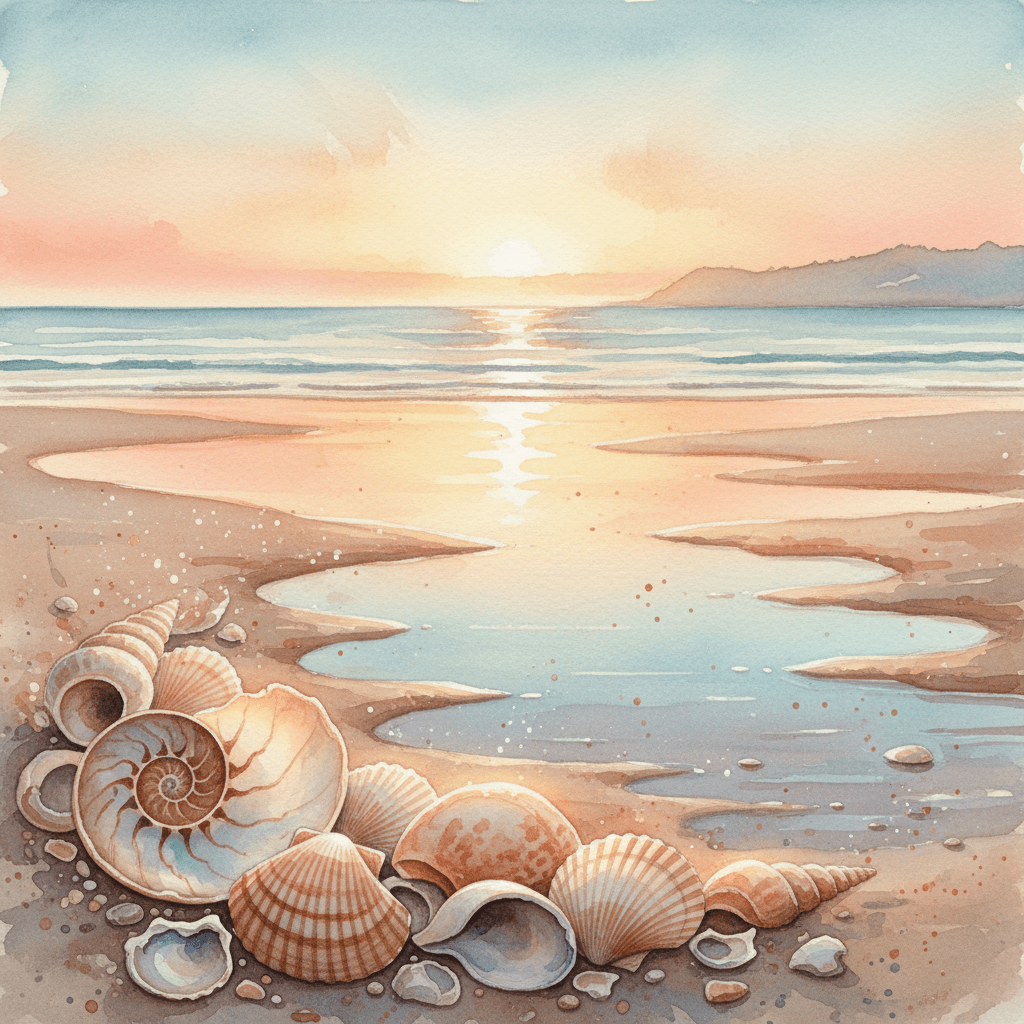Building Resilience from Shards of Everyday Hope

Gather your scattered hopes like shells and build a shoreline of resilience. — Kahlil Gibran
Unpacking the Shoreline Metaphor
This line, often attributed to Kahlil Gibran, invites us to see hope as a found object—scattered, weathered, and yet still luminous. Shells do not deny the sea; they are shaped by it. Likewise, resilience is not hard denial but a living edge where courage meets uncertainty. A shoreline doesn’t stop waves; it channels, diffuses, and reshapes them, reminding us that strength can be porous and adaptive rather than rigid.
From Fragments to Form
Building on that image, resilience begins with small pieces arranged with intention. One shell is modest; a line of shells traces a path. Similarly, daily micro-acts—sending a message, stepping outside, finishing a page—aggregate into structure. James Clear’s Atomic Habits (2018) popularizes this principle: tiny, consistent actions compound, gradually transforming identity. Thus, hope assembled bit by bit becomes a contour strong enough to meet recurring tides.
Erosion, Accretion, and Growth
In turn, coastlines teach that loss and gain coexist. Even as waves erode one cove, they deposit sand elsewhere. Psychological research on post‑traumatic growth (Tedeschi & Calhoun, 1996) echoes this pattern: adversity can deepen appreciation, clarify priorities, and strengthen relationships. This is not to romanticize pain; rather, it recognizes that new ground can accumulate alongside it, creating a wider beach on which to stand.
Echoes in Gibran and Craft Traditions
Moreover, Gibran’s The Prophet (1923) suggests, “The deeper that sorrow carves into your being, the more joy you can contain,” a line that mirrors the sea’s chiseling work. Artisans of kintsugi repair broken pottery with gold, honoring fracture as part of the object’s story. Likewise, Leonard Cohen’s lyric—“There is a crack in everything, that’s how the light gets in” (Anthem, 1992)—frames imperfection as aperture, not failure.
Practices for Gathering Shells
Practically, collect daily signs of possibility. The “three good things” exercise improves well‑being by recording small positives (Seligman et al., 2005). Pair it with an if–then plan—“If morning coffee, then one hopeful action”—to anchor behavior. Gabriele Oettingen’s WOOP (2014) adds a realistic twist: envision the Wish and Outcome, then identify Obstacles and a Plan. Each note, ritual, and contingency becomes a shell placed with care.
Shorelines Are Collective
Additionally, no coastline forms alone; currents carry materials from afar. Social support consistently predicts resilience and health (Holt‑Lunstad et al., 2010), while communities often self‑organize creatively after crises, as described in Rebecca Solnit’s A Paradise Built in Hell (2009). Shared meals, pooled tools, and mutual aid are communal shells—small, repeated acts that extend the protective edge for everyone.
Tending the Edge Over Time
Ultimately, shorelines need maintenance because tides return. A weekly review—What eroded me? What did I add?—keeps the boundary responsive. Some days you’ll gather only one shell; other days, a basket. Either way, the practice endures. By returning to the beach of your life, arranging what you find, and accepting the changing sea, you build not a wall against reality but a welcoming coast where hope can land.